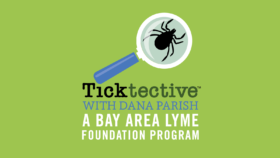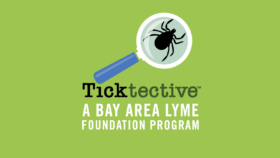Dr Matt Kaeberlein
Dr. Matt Kaeberlein is the Chief Executive Officer at Optispan, Inc., Affiliate Professor of Oral Health Sciences at the University of Washington, and Co-Director of the Dog Aging Project. Dr. Kaeberlein’s research interests are focused on understanding the biological mechanisms of aging to facilitate translational interventions that promote healthspan and improve the quality of life for people and companion animals. He is a Fellow of the American Association for the Advancement of Science (AAAS), the American Aging Association (AGE), and the Gerontological Society of America (GSA). Dr. Kaeberlein has published more than 250 peer-reviewed papers in the field of longevity and has received several prestigious awards including young investigator awards from the Ellison Medical Foundation and the Alzheimer’s Association, the Vincent Cristofalo Rising Star in Aging Research Award, the Murdock Trust Award, the NIA Nathan W. Shock Award, and the Robert W. Kleemeier Award for outstanding research in the field of gerontology. Dr. Kaeberlein is the founding Director of the University of Washington Healthy Aging and Longevity Research Institute, former Director of the NIH Nathan Shock Center of Excellence in the Basic Biology of Aging and the Biological Mechanisms of Healthy Aging Training Program at the University of Washington, and former CEO and Chair of the American Aging Association.

